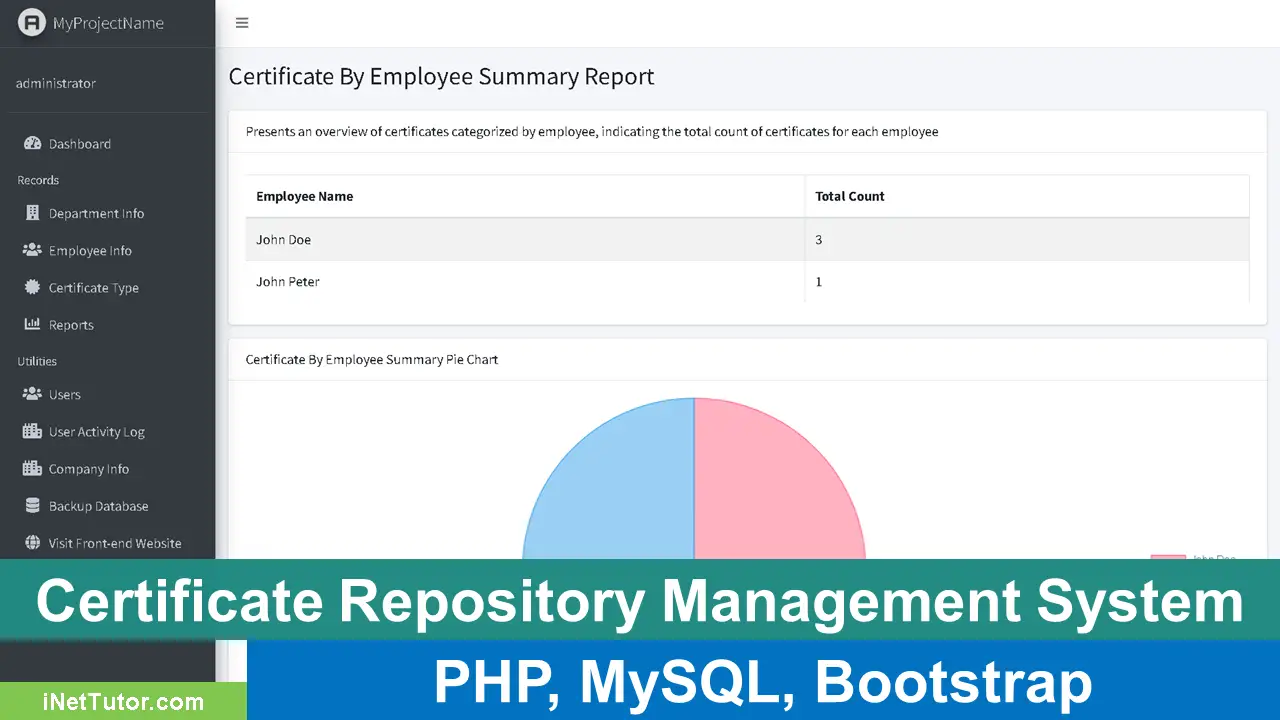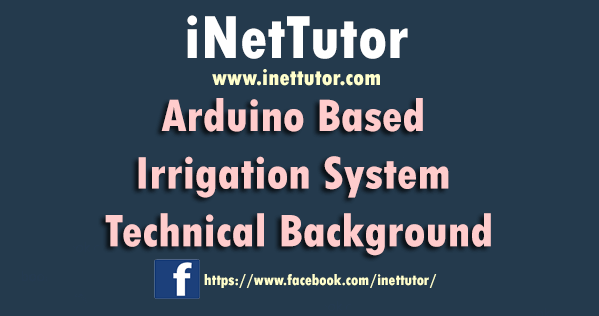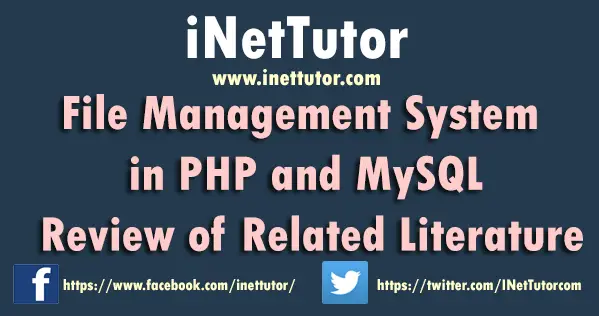Certificate Management System in PHP and MySQL
Introduction
Table of Contents
Certificates serve as vital credentials in various domains, including education, employment, and training, validating individuals’ skills and accomplishments. Whether it’s a diploma, professional certification, or training completion certificate, these documents hold significant importance in showcasing one’s qualifications and achievements.
However, the traditional paper-based approach to certificate management poses several challenges. The cumbersome process of storing, distributing, and securing physical certificates often leads to inefficiencies and risks. Institutions, employers, and individuals alike grapple with issues such as storage space constraints, the risk of damage or loss, and the labor-intensive task of manual distribution and verification.
In response to these challenges, leveraging technology to develop a Certificate Management System emerges as a promising solution. This system offers a digital platform for efficiently managing certificates, addressing the shortcomings of the conventional paper-based methods.
At its core, a Certificate Management System streamlines the entire lifecycle of certificates, from creation to distribution, tracking, and renewal. By digitizing the process, it enhances accessibility, security, and convenience for both issuers and recipients.
The proposed Certificate Management System will harness the power of PHP and MySQL, two widely-used and robust technologies, to bring this solution to life. PHP, as a server-side scripting language, offers versatility and scalability, making it well-suited for building dynamic web applications like our Certificate Management System. Meanwhile, MySQL, a popular relational database management system, provides the necessary robustness and efficiency for handling and querying certificate data securely.
In the following sections, we will delve deeper into the features and functionalities of our Certificate Management System, exploring how it addresses the challenges of traditional certificate management while leveraging the capabilities of PHP and MySQL to deliver a seamless and efficient solution. From user authentication to certificate management, user profiling, and reporting, our system aims to revolutionize the way certificates are managed and utilized, paving the way for a more streamlined and secure credentialing process.
Objective of the Study
This project aims to develop a Certificate Management System using PHP and MySQL. The primary objectives go beyond simply understanding or learning existing technologies. This project focuses on applying these technologies to create a practical solution. Here are the key objectives:
- Develop Practical Skills in PHP and MySQL:
Go beyond understanding: While a foundational understanding of PHP and MySQL syntax is crucial, this project emphasizes applying these skills in a real-world context. The development process will involve writing code, interacting with databases, and implementing functionalities within the Certificate Management System.
- Design and Implement a Functional System:
Apply knowledge to create a solution: The project focuses on using acquired knowledge of PHP and MySQL to design and build a functional system that addresses the challenges of traditional paper-based certificate management.
- Enhance Problem-Solving Skills:
Practice tackling challenges: Developing the Certificate Management System will involve encountering and overcoming technical hurdles. This process fosters critical thinking and problem-solving skills applicable to future web development projects.
- Gain Experience in System Design and Implementation:
Learn by doing: This project provides hands-on experience in the entire development lifecycle, from planning and design to coding, testing, and deployment. This practical experience equips developers with valuable skills for future endeavors.
While understanding the theoretical foundations of PHP and MySQL is important, this project prioritizes applying that knowledge to create a practical and valuable application. It’s about learning by doing, gaining experience in system design and implementation, and developing problem-solving skills through the challenges encountered during development.
Features of the System
This section delves into the core features of the Certificate Management System, highlighting their functionalities and the benefits they offer.
- User Authentication and Authorization:
- User Registration and Login System:
- Users can register for an account with the system, providing necessary information like name, email address, and potentially affiliation (if applicable).
- A secure login system verifies user credentials (username/password) to grant access to the system’s functionalities.
- Different User Roles (e.g., admin, regular user) with Varying Levels of Access Permissions:
- The system implements a role-based access control (RBAC) system. This ensures only authorized users can perform specific actions.
- Admin: Has full access to manage all aspects of the system, including user accounts, certificate creation/editing, and report generation.
- Regular User (e.g., Recipient): Can view their profile information, access issued certificates (theirs or those they are authorized to view), and potentially download them in a secure format.
Benefits and Advantages:
- Enhanced Security: User authentication and authorization prevent unauthorized access to sensitive certificate data.
- Improved Manageability: RBAC simplifies system administration by assigning appropriate permissions to different user roles.
- Increased Transparency: Users understand their access level and can perform actions within their designated role.
- Certificate Management:
- CRUD Operations for Managing Certificates (Create, Read, Update, Delete):
- Create: Authorized users (admins, issuers) can create new certificates by entering recipient information, certificate details (name, course, date issued), and selecting a template.
- Read: Users can view a list of all issued certificates. Search and filter options allow them to find specific certificates based on recipient name, certificate type, or date range.
- Update: Authorized users can edit existing certificates to correct any errors or update information if necessary.
- Delete: Authorized users can permanently delete certificates that are no longer required, following proper archiving procedures (optional).
- Listing all certificates with search and filter options:
- The system provides a user-friendly interface to list all issued certificates.
- Search functionality allows users to quickly find specific certificates based on various criteria, saving time and effort.
- Filter options can be used to narrow down the list by recipient name, certificate type, issuance date, or other relevant parameters.
- Detailed view of each certificate with options to edit or delete:
- Users can access a detailed view of each certificate, displaying all relevant information.
- Authorized users can edit the certificate details directly from this view, ensuring data accuracy.
- The ability to delete certificates allows for proper record management and removal of outdated or irrelevant certificates (with proper authorization).
Benefits and Advantages:
- Streamlined Workflow: CRUD operations simplify the entire certificate lifecycle, from creation and issuance to potential edits or deletion.
- Efficient Search and Retrieval: Search and filter options enable users to locate specific certificates quickly and easily.
- Enhanced Data Management: Detailed views and editing capabilities ensure certificate information remains accurate and up-to-date.
- User Profile Management:
- User Profile Page for Managing Personal Information:
- Users can access a dedicated profile page to view and update their personal information, such as name, contact details, and potentially affiliated institution (if applicable).
- This feature promotes user autonomy and ensures the system maintains accurate user data.
- Option to view owned certificates and their details:
- Users can view a list of certificates issued to them or those they are authorized to access.
- This provides users with a convenient way to access their certificates and review the details associated with them.
Benefits and Advantages:
- User Autonomy: Users can manage their profile information, fostering a sense of ownership and control within the system.
- Improved Accessibility: Users can easily access their certificates and relevant details whenever needed.
- Reporting and Analytics:
- Generate reports on issued certificates: The system offers functionality to generate reports summarizing issued certificates over a specified period, including metrics such as the number of certificates issued, types of certificates issued, and trends over time.
- Track recipient access: Optionally, the system can track when and how recipients access their certificates, providing insights into user engagement and utilization.
- Analyze trends: Users can analyze trends in certificate issuance and usage through graphical representations and statistical analysis tools, enabling informed decision-making and strategic planning.
Emphasize the benefits of using a Certificate Management System:
Traditional paper-based certificate management systems pose significant challenges. This project’s Certificate Management System, built with PHP and MySQL, offers a compelling alternative, delivering numerous benefits for both issuers and recipients of certificates.
- Increased Efficiency:
A Certificate Management System streamlines the entire lifecycle of certificates, from creation to distribution, significantly reducing the time and effort required compared to manual processes. With automated workflows and centralized data management, organizations can expedite certificate creation, issuance, and distribution processes. This efficiency translates into cost savings and improved productivity, allowing staff to focus on higher-value tasks rather than administrative overhead. - Enhanced Security:
By transitioning from paper-based certificates to a digital platform, organizations mitigate the risks associated with loss, damage, or forgery of physical documents. Digital certificates stored within the system are protected by robust security measures, including encryption and access controls, ensuring data integrity and confidentiality. Furthermore, digital signatures and audit trails provide additional layers of security, enabling organizations to verify the authenticity of certificates and track any changes or access to sensitive information. - Improved Accessibility:
Unlike traditional paper certificates, which may be stored in physical files or archives, digital certificates stored within a Certificate Management System are easily accessible to authorized users anytime, anywhere. Recipients can conveniently access their certificates online, eliminating the need for manual retrieval or distribution. Additionally, mobile-friendly interfaces ensure compatibility with various devices, further enhancing accessibility for users on the go. - Simplified Tracking and Reporting:
With a Certificate Management System, organizations gain comprehensive visibility into certificate issuance and usage through built-in tracking and reporting functionalities. Administrators can easily monitor the status of certificates, track access data, and generate reports to analyze trends and compliance metrics. This actionable intelligence enables organizations to identify areas for improvement, optimize processes, and demonstrate compliance with regulatory requirements or industry standards.
Optional:
-
- Track Access Data: Optionally, organizations can track when and how recipients access their certificates, providing valuable insights into user engagement and behavior. This data can inform personalized outreach efforts, gauge the effectiveness of certificate programs, and identify opportunities for further engagement or support.
DEMO

Conclusion
In this blog post, we’ve explored the importance of implementing a Certificate Management System and discussed how PHP and MySQL can be leveraged to develop a robust and efficient solution. Let’s recap the key points covered:
We began by highlighting the challenges associated with traditional paper-based certificate management systems, including storage constraints, security risks, and inefficiencies in distribution and tracking. Recognizing these challenges, we introduced the concept of a Certificate Management System as a viable solution to streamline certificate creation, issuance, and management processes.
By utilizing PHP and MySQL, organizations can benefit from a flexible and scalable platform that enables them to automate workflows, enhance security, and improve accessibility for both administrators and certificate recipients. The features offered by our proposed system, including user authentication, certificate management, user profile management, and reporting and analytics capabilities, empower organizations to effectively manage their certificate-related operations with ease.
We encourage readers to take inspiration from this blog post and consider implementing their own certificate management system using PHP and MySQL. By customizing the system to meet their specific requirements and workflows, organizations can optimize processes, reduce administrative burden, and enhance the overall user experience for certificate issuers and recipients alike.
As organizations embark on their journey to implement a Certificate Management System, it’s essential to consider future considerations for expanding or improving the system. This may include integrating additional features such as automated certificate expiration notifications, enhancing user interface design for better usability, or exploring opportunities for integration with other systems or services to further streamline operations.
In conclusion, the adoption of a Certificate Management System powered by PHP and MySQL offers significant benefits in terms of efficiency, security, and accessibility. By embracing technology and modernizing certificate management processes, organizations can position themselves for success in today’s digital landscape while better serving the needs of their stakeholders.
Readers are also interested in:
Online Birth Certificate Processing System with SMS Notification Free Bootstrap Template
Fire Safety Inspection Certificate System ER Diagram
Barangay Resident Record Management and Certificate Issuance System
You may visit our Facebook page for more information, inquiries, and comments. Please subscribe also to our YouTube Channel to receive free capstone projects resources and computer programming tutorials.
Hire our team to do the project



